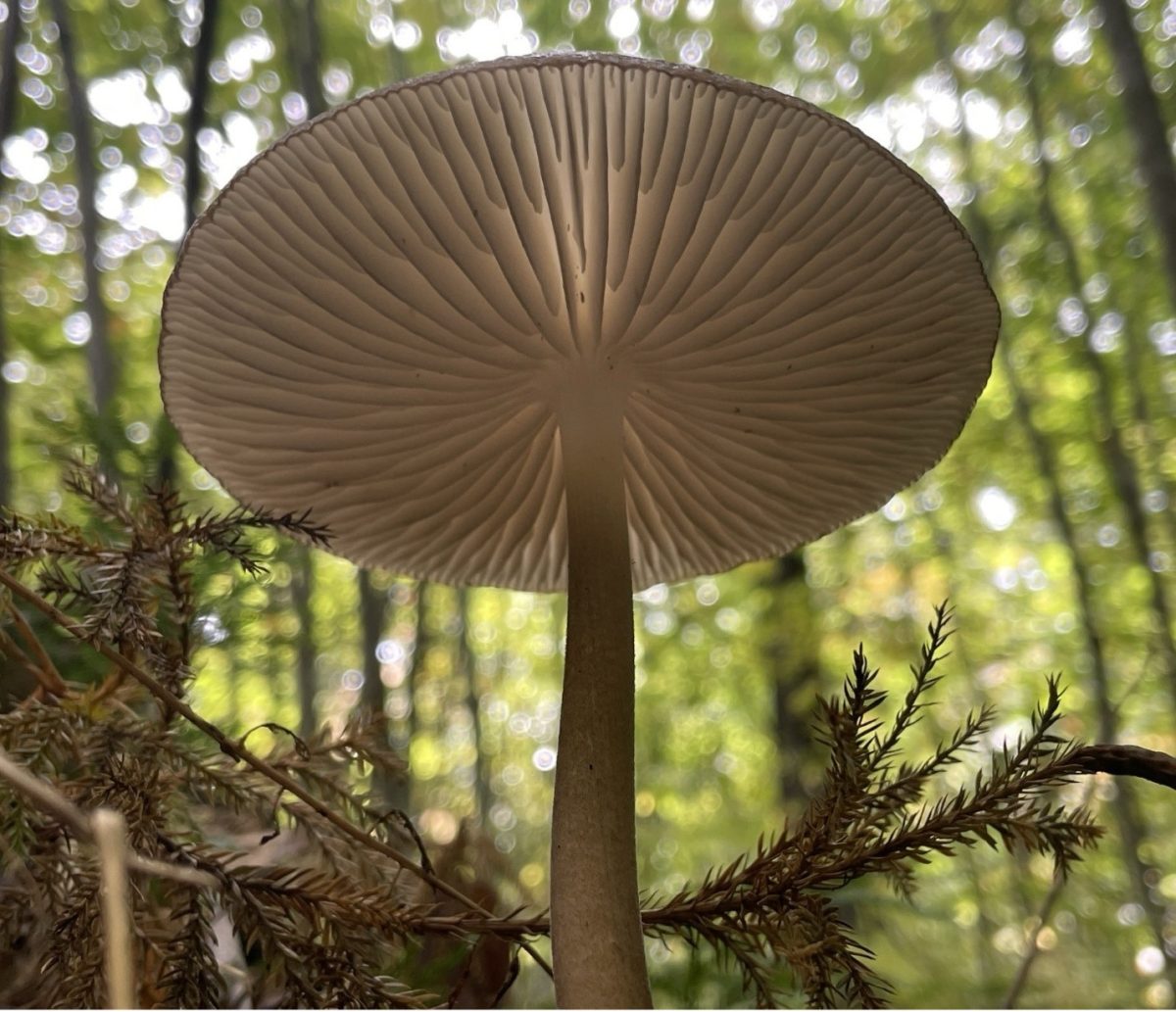I am extremely frustrated with the current presidential candidates. I am finding it extremely difficult to choose a candidate that I actually agree with; it’s coming down to having to choose the least “evil.” It seems like I am not the only one frustrated by this, with all of the jokes on social media and with the majority of voters having moderate views.
With the anticipation of the upcoming presidential election The Pew Research Center conducted a study that highlights the challenges that both parties face heading into the 2016 elections. The study focused on the “moderate” political views.
The study found that today more Americans hold consistently liberal or consistently conservative values across a wide range of issues, and that more voters express deeply negative views of the other political party. In contrast, most Americans do not view politics through the restrictive liberal or conservative views, and more tend to stay away from the constant disagreements of the two major parties.
The gap between Republicans and Democrats is continuously increasing and this polarization is a major feature of today’s political environment. Between the two extremes is where the majority of voters associate. The center of our current political environment is filled with a frustration with politics causing both parties to have to work to go out of their comfort zones to appeal to the middle of the electorate.
I find the center extremely fascinating; it’s a combination of groups that hold strong values that do not conform to the typical liberal or conservative terms. The center, when seen at a distance, may seem like a uniform mix of liberal and conservative values. But at a closer look, the many distinct voices become clear; some of these voices have as little in common with each other as with those who are on the left and the right.
The further you get to the center, the typologies are more opinionated and distinct. Even with these strong opinions fewer than half of these groups are following current political debates and news.
In this center there are eight groups, three of them leaning more strongly left (solid liberals) or right (steadfast conservatives and business conservatives). Then there are four more central groups, two of them (next generation left and family and faith left) lean more left and are more predictable while the last two are extremely unpredictable. These two unpredictable typologies are young outsiders and hard-pressed skeptics.
Young outsiders lean Republican but do not have much loyalty to the Republican Party; a characteristic of the typology is their dislike of both political parties. They tend to be fiscally conservative but socially liberal. Even with their support for environmental regulation they more strongly believe in small government, leading them to be more likely to vote Republican.
Hard-pressed skeptics are resentful of both government and business because of the effect the struggling economy has had on them. They support government aid for the poor and needy. Most hard-pressed skeptics said they voted for Obama in 2012, though fewer than half approve of his job performance today.
SARAH BARTKOWIAK
[email protected]




